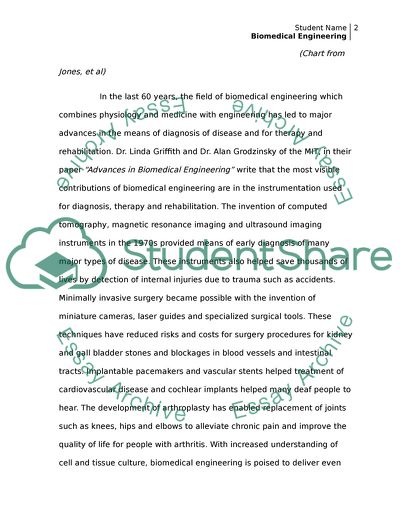Cite this document
(Biomedical Engineering will Save the World Research Paper, n.d.)
Biomedical Engineering will Save the World Research Paper. https://studentshare.org/medical-science/1825234-biomedical-engineering
Biomedical Engineering will Save the World Research Paper. https://studentshare.org/medical-science/1825234-biomedical-engineering
(Biomedical Engineering Will Save the World Research Paper)
Biomedical Engineering Will Save the World Research Paper. https://studentshare.org/medical-science/1825234-biomedical-engineering.
Biomedical Engineering Will Save the World Research Paper. https://studentshare.org/medical-science/1825234-biomedical-engineering.
“Biomedical Engineering Will Save the World Research Paper”. https://studentshare.org/medical-science/1825234-biomedical-engineering.


